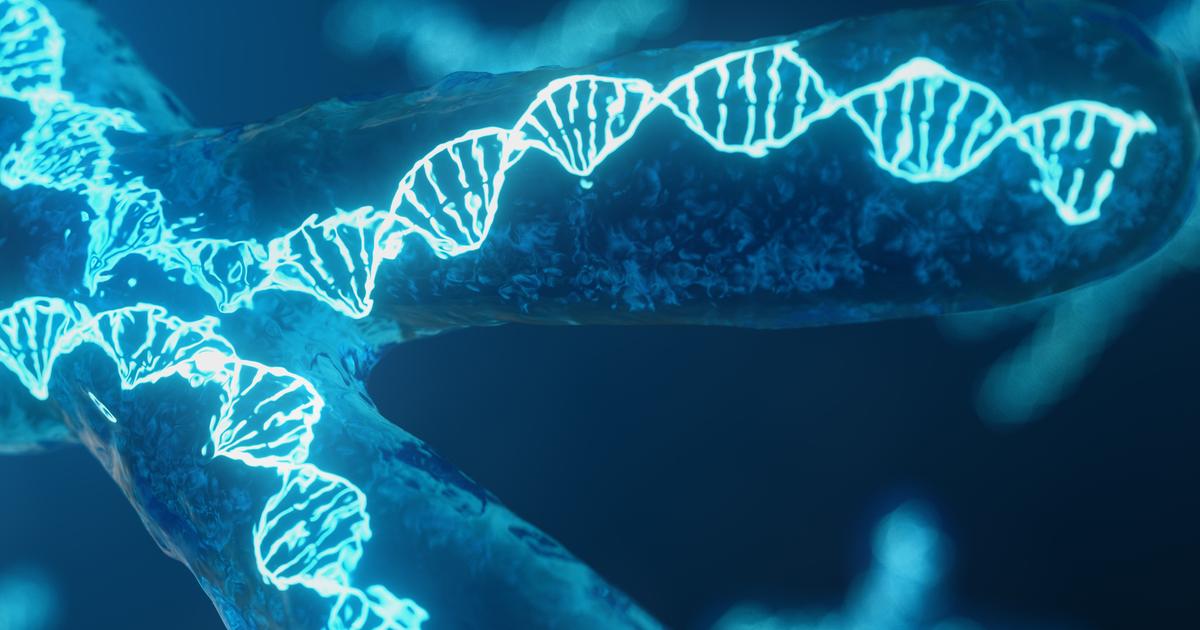Guide To The Causes And Complications Of Chiari Malformation
When an individual has a structural abnormality that adversely causes an irregularity in the relationship between the brain tissues and skull, it is referred to as Chiari malformation. As a result of this structural abnormality, the brain tissues are pressed into the spinal canal inappropriately. Most cases of Chiari malformation are present at birth, while others occur during adulthood. Individuals affected by Chiari malformation may exhibit symptoms such as headache at the back of the head, dizziness, extremity numbness, extremity tingling, upper body weakness, upper body sensation loss, difficulty walking, neck pain, trouble swallowing, hearing loss, and balance trouble. Diagnosis of Chiari malformation is made by physical examination, x-rays, CT scans, and MRI scans. Treatment for Chiari malformation may include medication and surgery.
There are multiple possible causes of Chiari malformation, and numerous complications can occur as well. Learn about these now.
Genetic Mutations
An individual who has Chiari malformation may also have genetic mutations that have caused them to develop this abnormality. The specific gene components that cause one individual to have Chiari malformation and not another are not known. However, the medical literature contains numerous reports and studies where Chiari malformations develop in more than one family member within different families. Genetic mutations that cause any sort of abnormal growth in an individual's skull that takes up extra space can cause them to develop Chiari malformation. Any diseases or conditions caused by genetic mutations that cause an individual to have or develop intracranial hypertension can also result in the presence of Chiari malformations. Chiari malformation can also be caused by a genetically precipitated condition or disease that has adverse effects on the shape, structure, and or development of the cervical portion of an individual's spine. Larger syndromes caused by genetic mutations, including Albright hereditary osteodystrophy, achondroplasia, hereditary connective tissue diseases, Goldenhar syndrome, Hajdu-Cheney syndrome, and Ehlers-Danlos syndrome can cause an individual to develop Chiari malformation.
Uncover more causes and complications linked to Chiari malformation now.
Lack Of Nutrients During Pregnancy

Most cases of Chiari malformation occur during fetal development. Physical defects of the spinal column structure, brain structure, and skull structure that occur when the individual is developing in utero are what causes Chiari malformation. While there has not been concrete evidence to prove a lack of nutrients during pregnancy directly causes Chiari malformation, it is suggested they are more common among the population of individuals born to mothers in developing countries where malnutrition is a prevalent and critical problem. When a pregnant woman does not consume enough of the essential nutrients required for the proper and healthy development of the fetus, birth defects are more likely to occur. When a fetus is growing, abundant sources of vitamins and nutrients are required for the bones, brain tissues, and other vital structures to develop fully and without abnormalities. When maternal malnutrition causes problems in the process of fetal growth, it can affect how the spine, skull, and brain of the fetus forms in both a structural and functional sense.
Continue reading to learn more about the causes and complications associated with Chiari malformation now.
